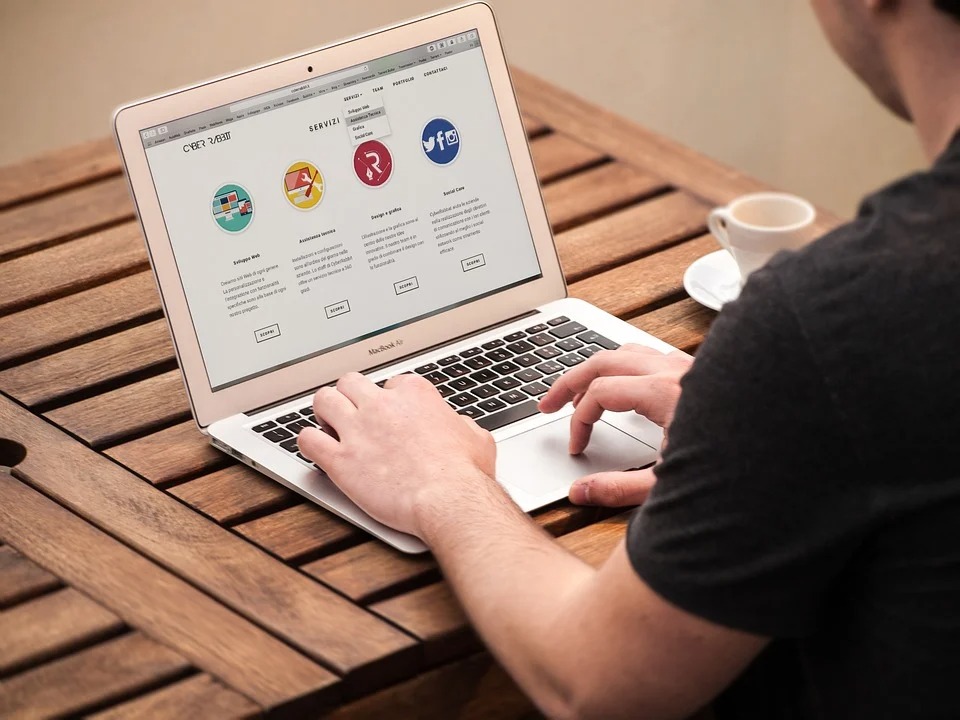Web-savvy consumers have ever-increasing expectations of what the sites they visit should offer them, and the rise of bespoke experiences in recent years means that user retention is tied to personalization more closely than ever.
Here is a look at why this is the case and what steps site owners can take to create tailored pages that will engage visitors effectively.

Localized additions make a big difference to customer loyalty
One of the key indicators that a business is trustworthy and reliable is its geographical proximity to prospective customers. This is why so many businesses build different sites to cater to visitors from within specific areas.
Loyalty and retention rates can be improved simply by sending users to location-oriented sites, with on-page indicators such as pictures of local landmarks relating to the particular area being targeted. For example, if you’re in Washington DC, website design by FreshySites can empower organizations in this city to connect with visitors and gain their trust from the first moment they arrive on a localized landing page.
Relevant product suggestions boost conversions & follow-up purchases
Amazon has been recommending products to users based on past searches and purchases for years, and it is this small but significant level of personalization that other brands can leverage on their own sites to keep customers coming back for more.
Indeed failing to do so, and presenting customers with suggestions that are not relevant to their interests, could have the opposite effect, driving them into the arms of the competition, so making sure that this aspect of an e-commerce site is bespoke should be a priority.
Personalization encourages interactions & engagement
When visitors arrive on a site for the first time after clicking through from a search engine results page or a social media post, they will want to be presented with content that is relevant. However, when they return to the site in future after their initial interaction, they will feel far more valued and cared for if it is clear that the site has adapted to fit their needs.
Personalization innately increases and actively encourages engagement in this way, although of course it is only by leveraging the data available that businesses can begin to integrate the necessary change to achieve this. Paying attention to user behaviors while on-site, looking into landing page performance and implementing optimizations and fresh strategies when something isn’t working will be necessary.
Customers that feel in control will come back for more
While site owners will ultimately be pulling the strings and determining the types of personalization which are available, the effect that these features have is to make users feel like they are in the driving seat, steering the experience in whatever way they see fit.
Even if the extent of their control is limited and illusory, the fact that it is available at all will make users feel more empowered, and will also improve their overall satisfaction by doing away with irrelevant or outright annoying aspects of how a site operates.
Your messaging can be made more efficient
The temptation to bombard visitors with emails encouraging them to come back and spend cash on your site again after they make a purchase can be strong. However, excessive marketing messages can create consternation and will also consume a lot of time and resources on your part.
With personalization, you can be far more efficient with the messaging you issue, making use of hard data to determine which kinds of communications are worth sending to which of your contacts.In short, personalization is key not only to user retention, but can be instrumental in determining the success and user-friendliness of your site at every point in the customer’s journey.

